Mae Rim has always felt like Chiang Mai’s exhale. A short drive north from the city, it opens into a different rhythm—rolling hills, misted valleys, and pockets of forest that hold the hum of insects louder than traffic. It feels worlds away, though the Old City’s moat lies less than an hour behind you. Within this shift of air and light, the Queen Sirikit Botanic Garden rises as both a retreat and a living archive, dedicated not only to beauty but to preservation.
We visited as part of a weekend getaway to Mae Rim, which itself feels like a natural extension of the gardens—green, slower, and deeply tied to land. The botanic garden was a highlight, a reminder that stepping into nature in northern Thailand can be as enriching as exploring temples or markets.
Established in 1992, the garden was Thailand’s first true botanic garden, founded under the Botanical Garden Organization of Thailand. It was named in honor of Queen Sirikit, whose commitment to environmental stewardship and conservation runs deep. What began as a state-funded project became a sprawling 560-hectare sanctuary—an ambitious gesture toward safeguarding the country’s extraordinary biodiversity while also opening it for study, education, and quiet wonder.
A history rooted in care
The garden’s founding was as much political as ecological. In the early 1990s, as deforestation and rapid development strained Thailand’s natural environment, the government established this space as a model for conservation. With royal patronage, Queen Sirikit Botanic Garden became a flagship of environmental research, collaborating with universities, international networks, and conservation groups.
Over time, it grew into more than a scientific institution. The gardens became a cultural marker: a place where Thais and visitors could witness the wealth of the country’s flora—orchids, ferns, cycads, palms, and medicinal plants—collected and displayed not for spectacle, but for study and survival. Every greenhouse, every trail carries the tension between beauty and necessity.
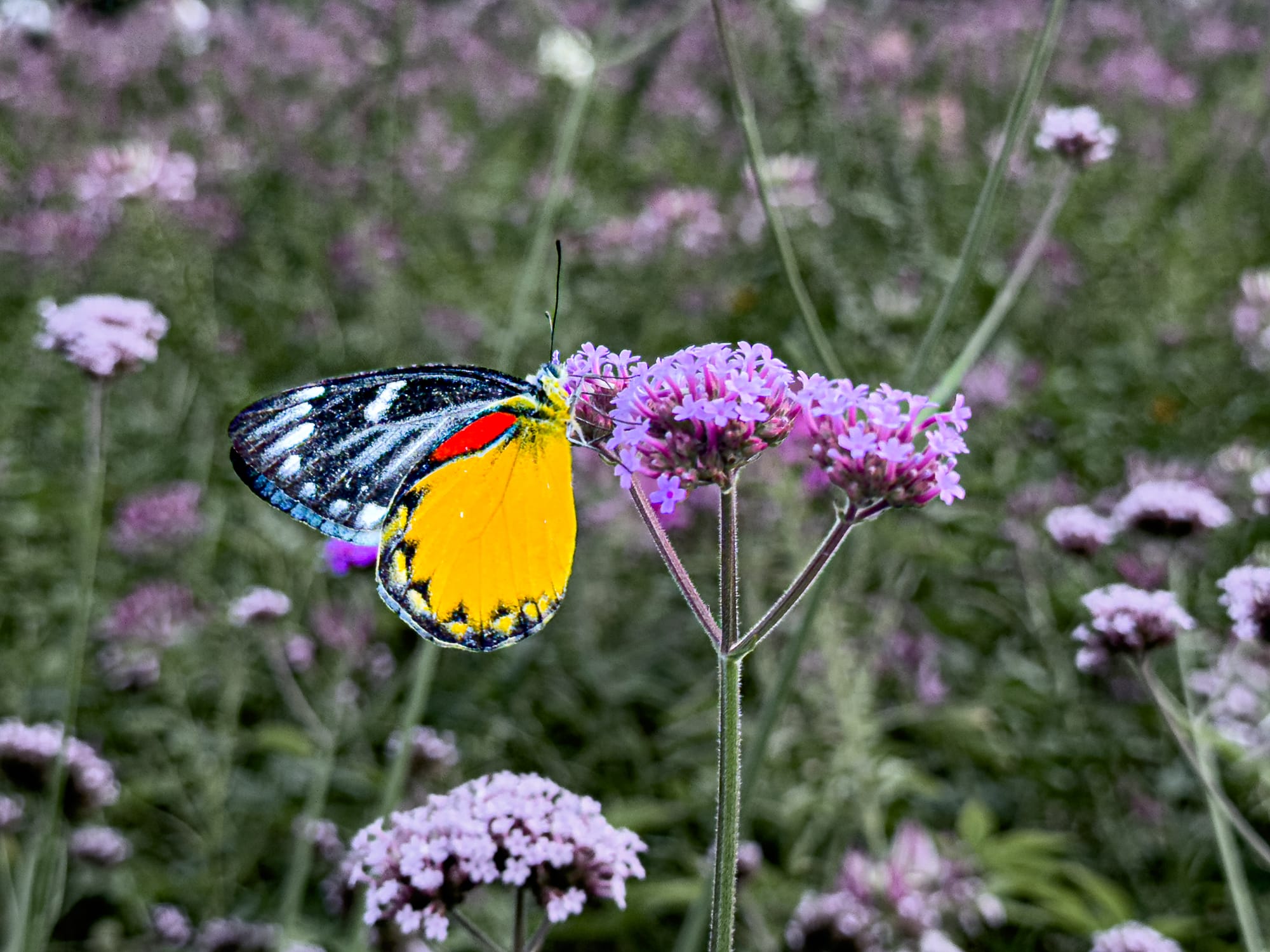
Mae Rim’s surrounding forests made the perfect setting. The land here echoes the subtropical highlands of northern Thailand, where microclimates abound—lush, misty, and temperamental. Within these slopes, the botanic garden mapped an entire landscape of learning: a living library of the kingdom’s green knowledge.
Walking the grounds
Arriving at the entrance, the scale is striking. Hills rise in folds, each one cradling a different pocket of plant life.
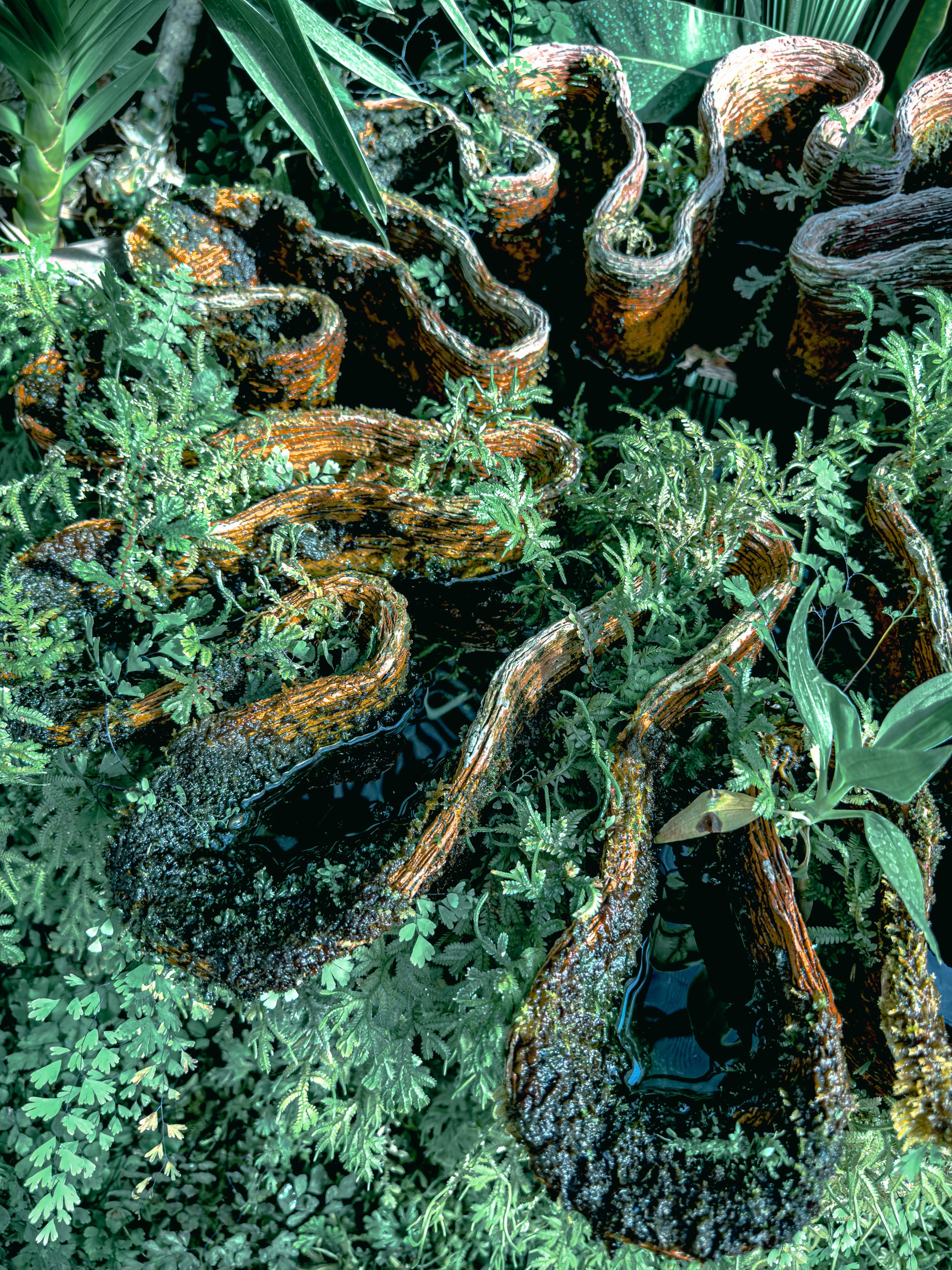
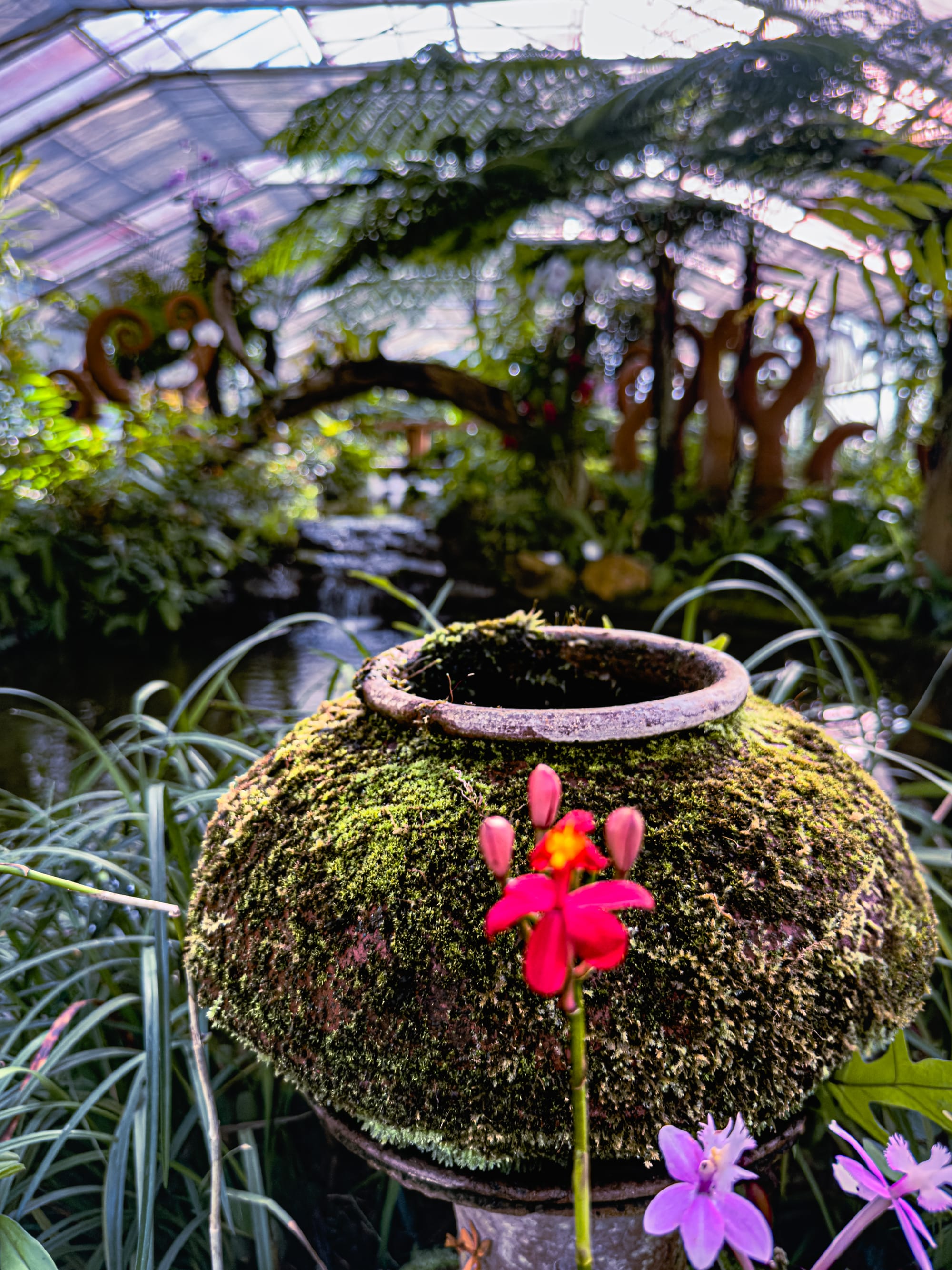
Intricate displays of moss, ferns, and tropical plants inside the greenhouses at Queen Sirikit Botanic Garden in Mae Rim
The glasshouses are the centerpiece: twelve distinct structures dedicated to specific plant families. The Orchid and Fern House bursts with delicate sprays, tiny roots clinging to bark. The Arid House surprises with cacti and succulents thriving in their curated dryness—a reminder that Thailand’s flora is not only rainforest but also desert.
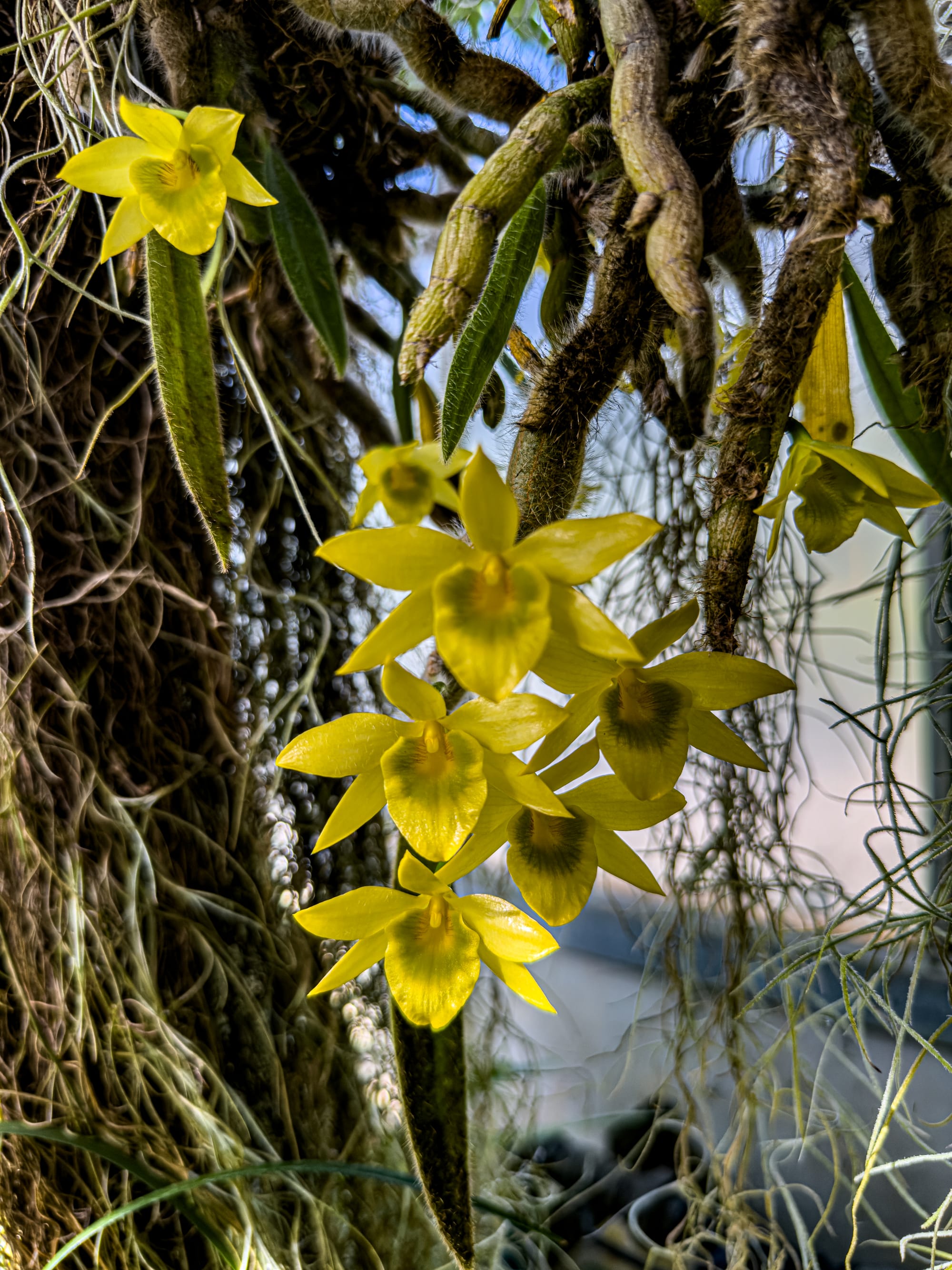
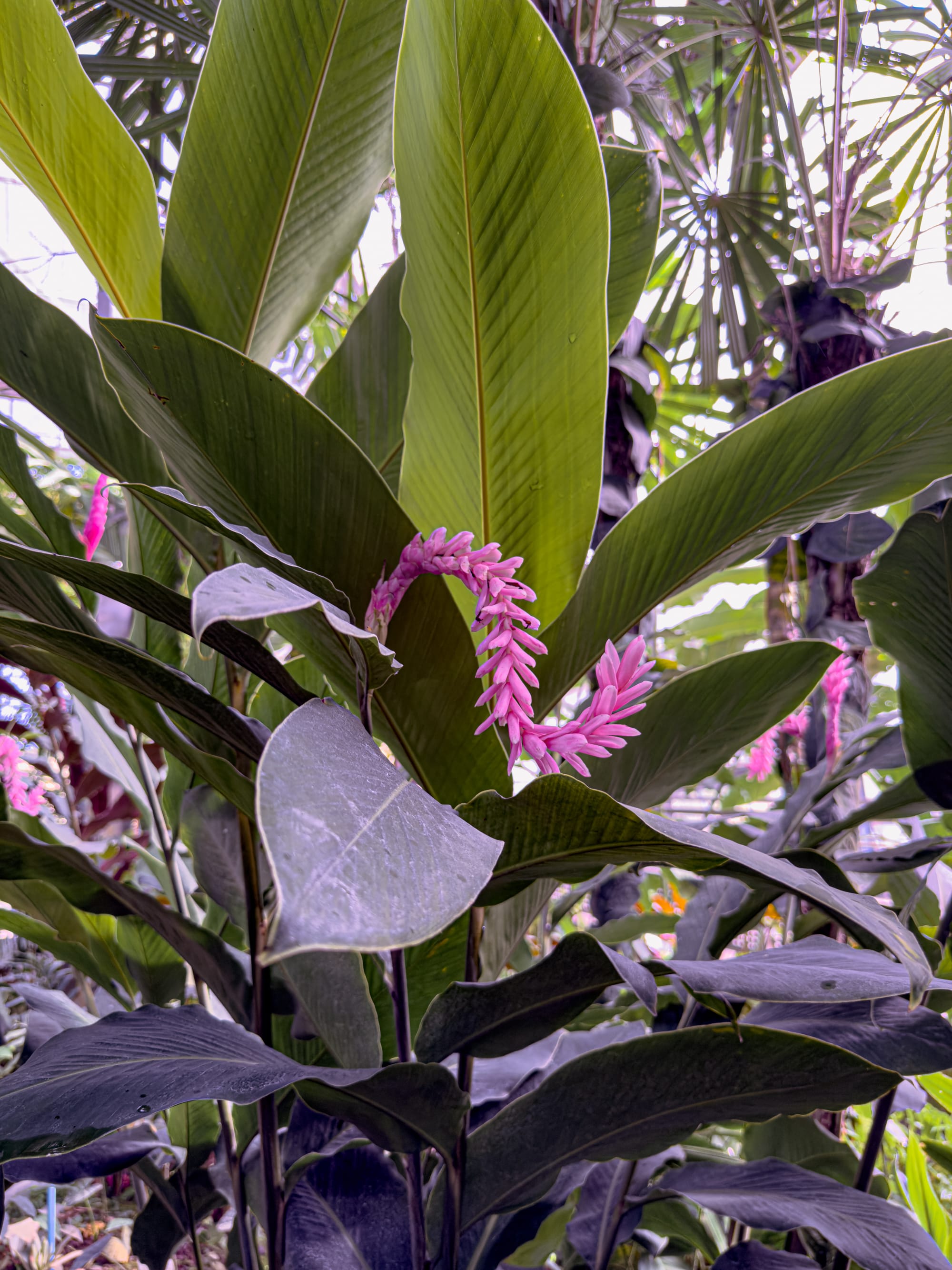
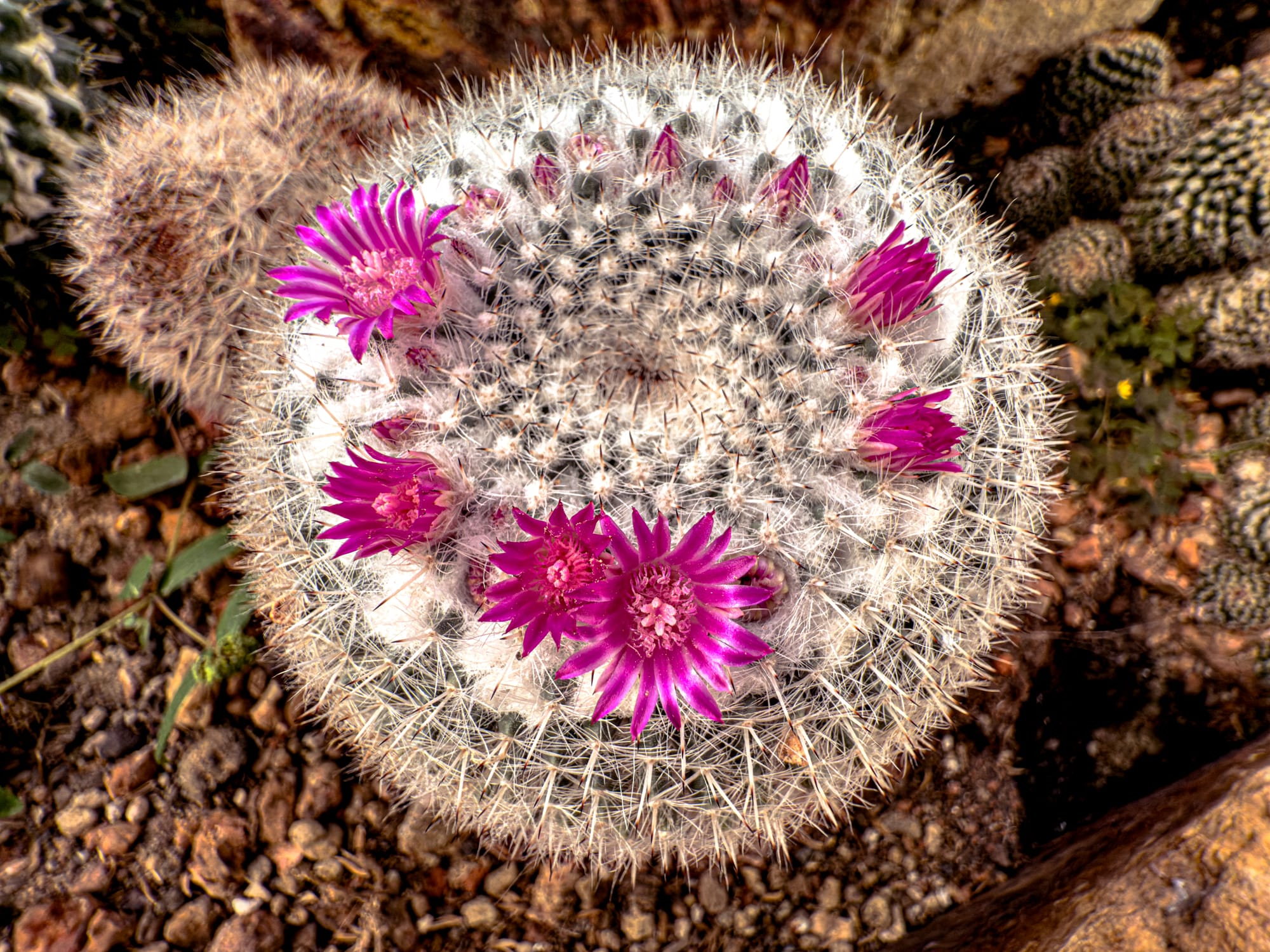
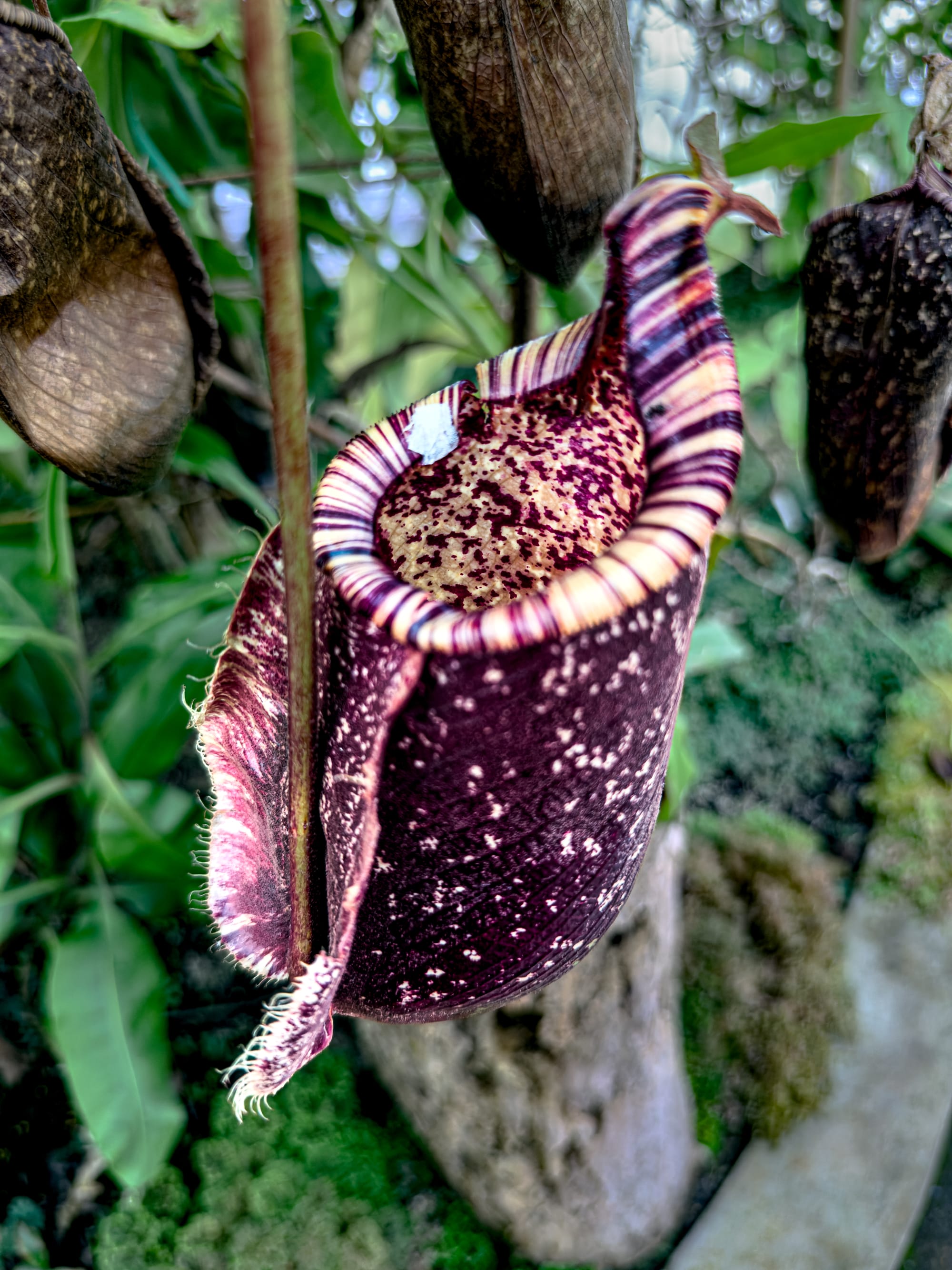
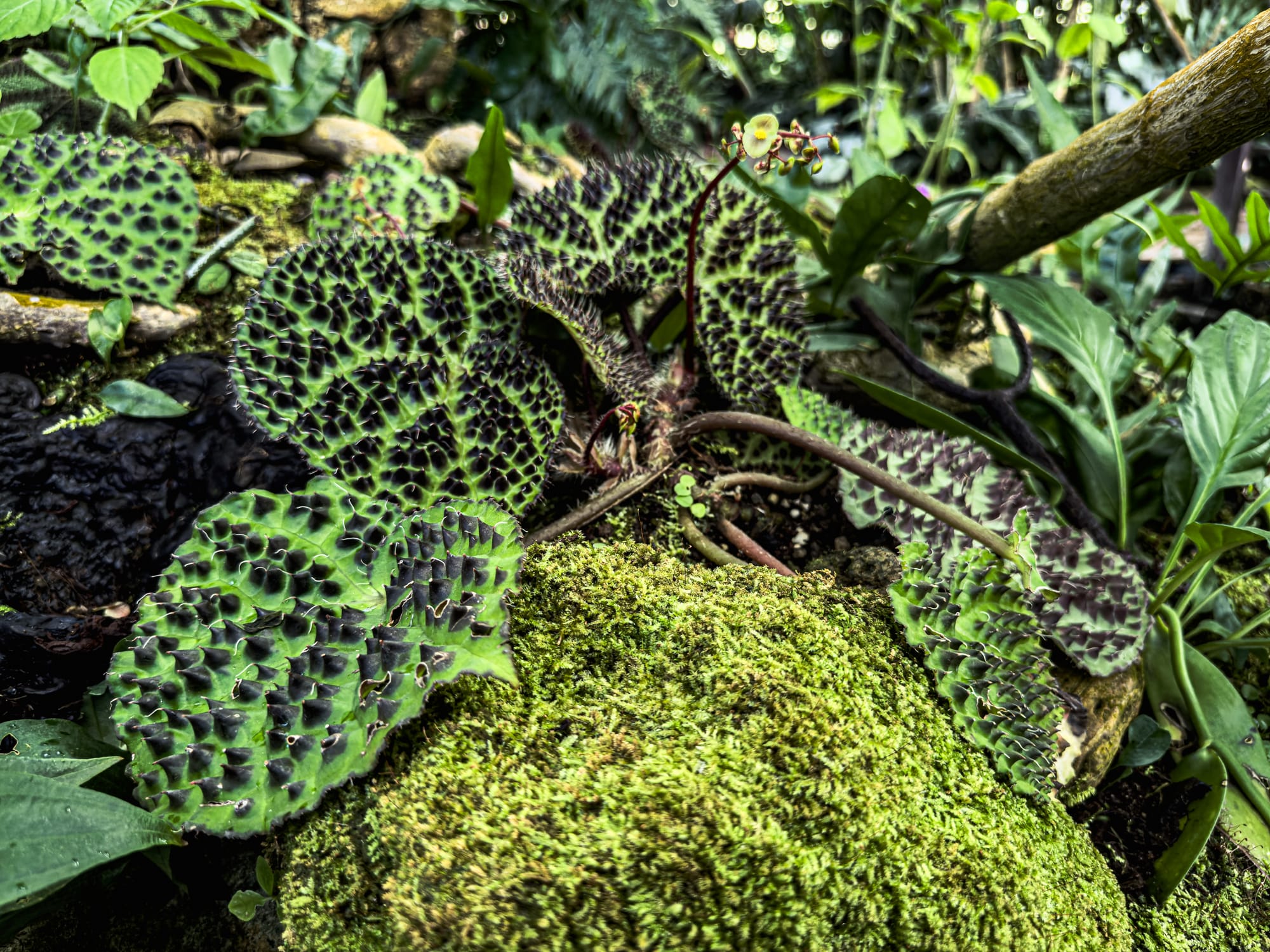
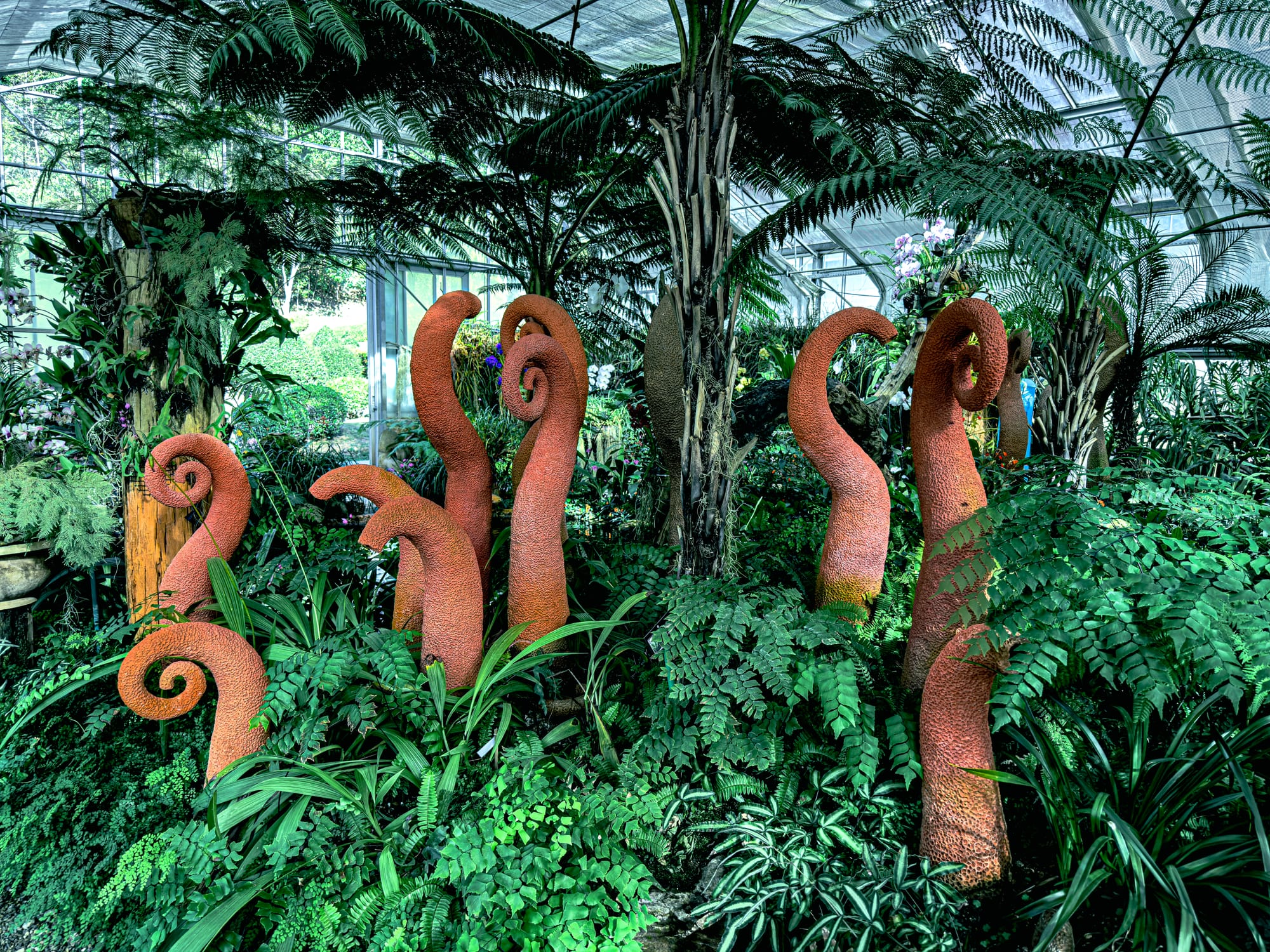
Scenes from Queen Sirikit Botanic Garden in Mae Rim
Then there is the Lotus House: wide pools framed in glass, brimming with giant Victoria water lilies and delicate lotus blossoms. It feels both serene and surreal, as if stepping into a still painting. For us, it was the highlight. Watching the light shift across the water, petals glowing against green pads, you could feel centuries of cultural symbolism distilled into one living room of flowers.
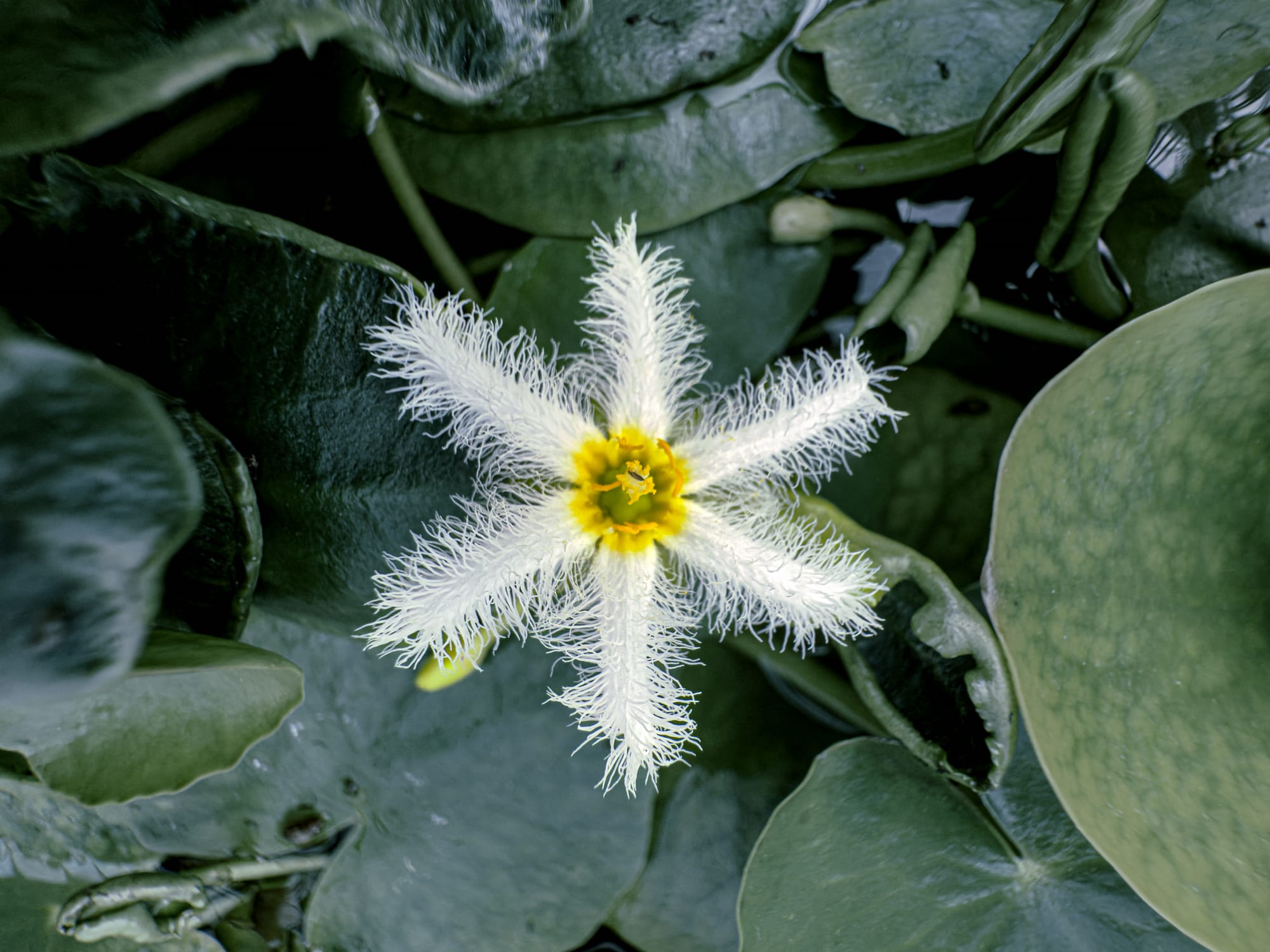
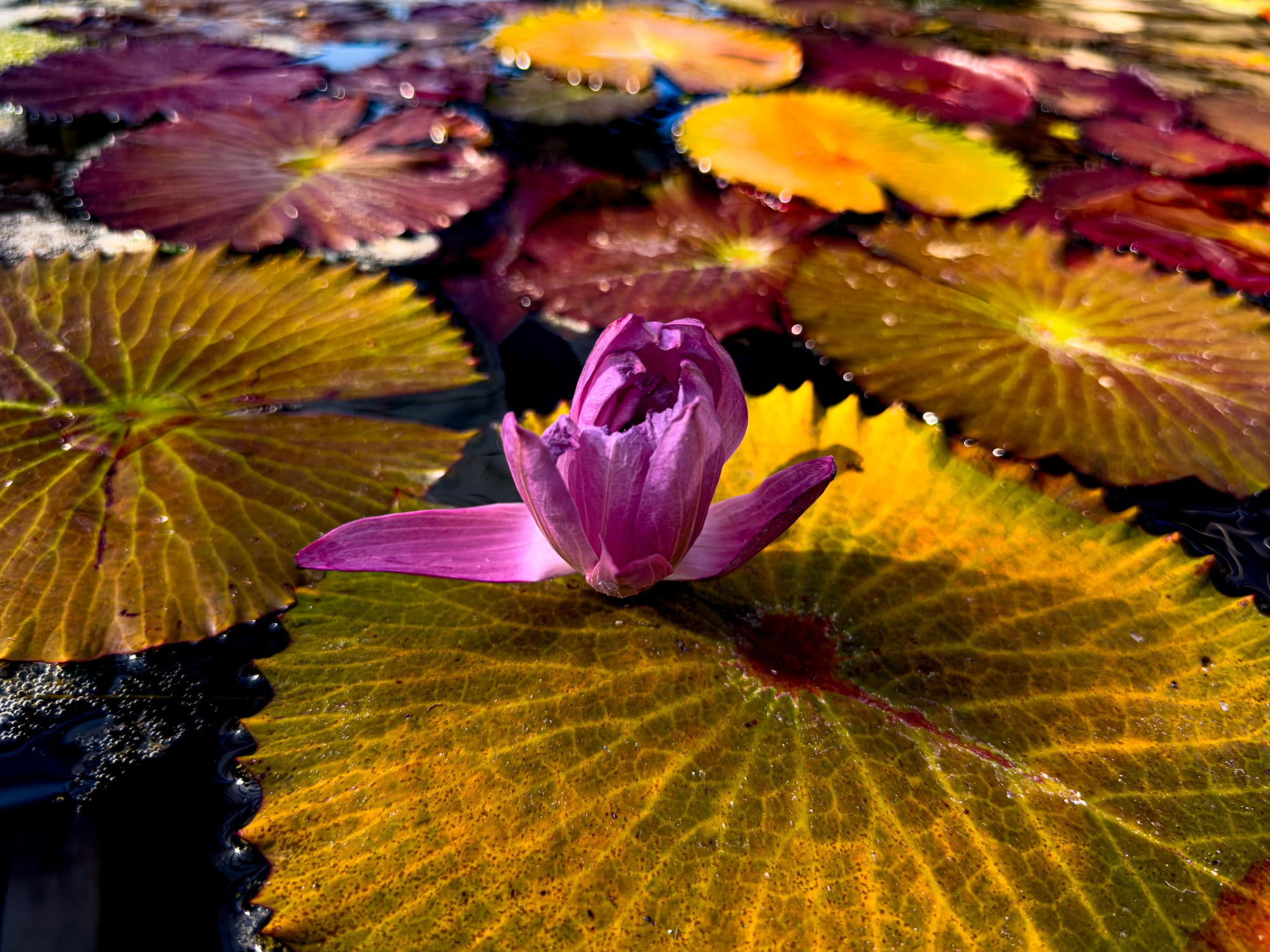
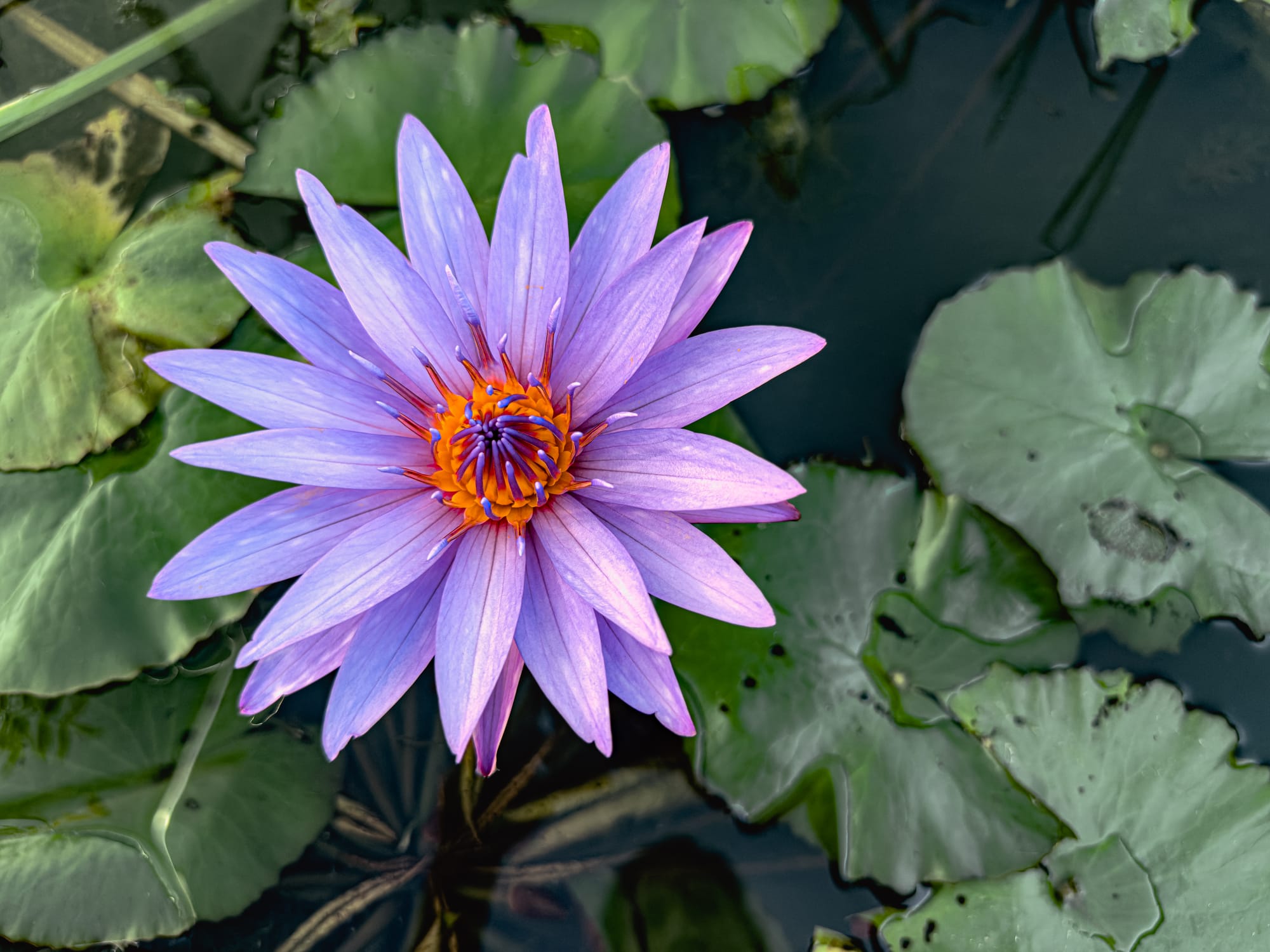
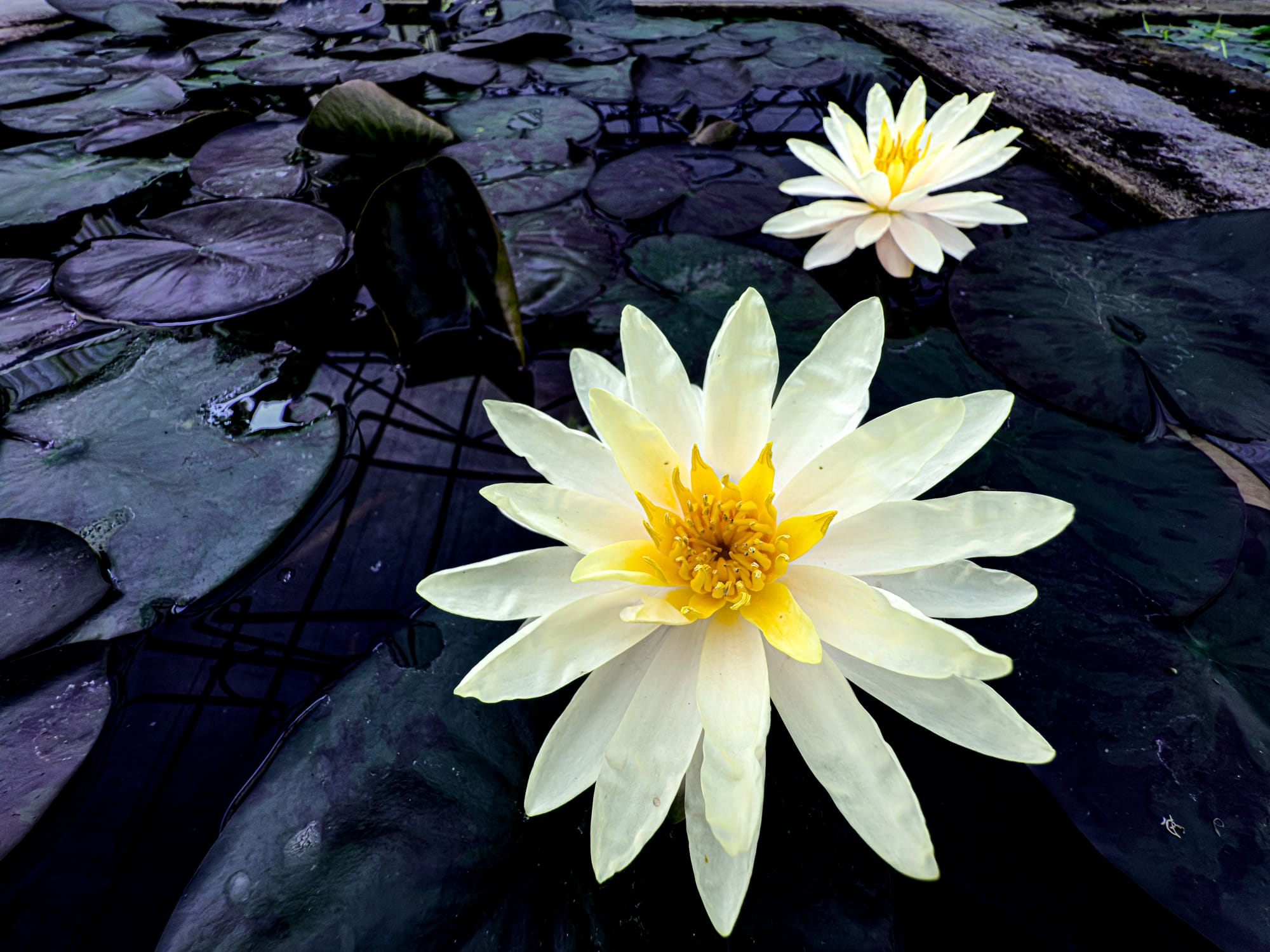
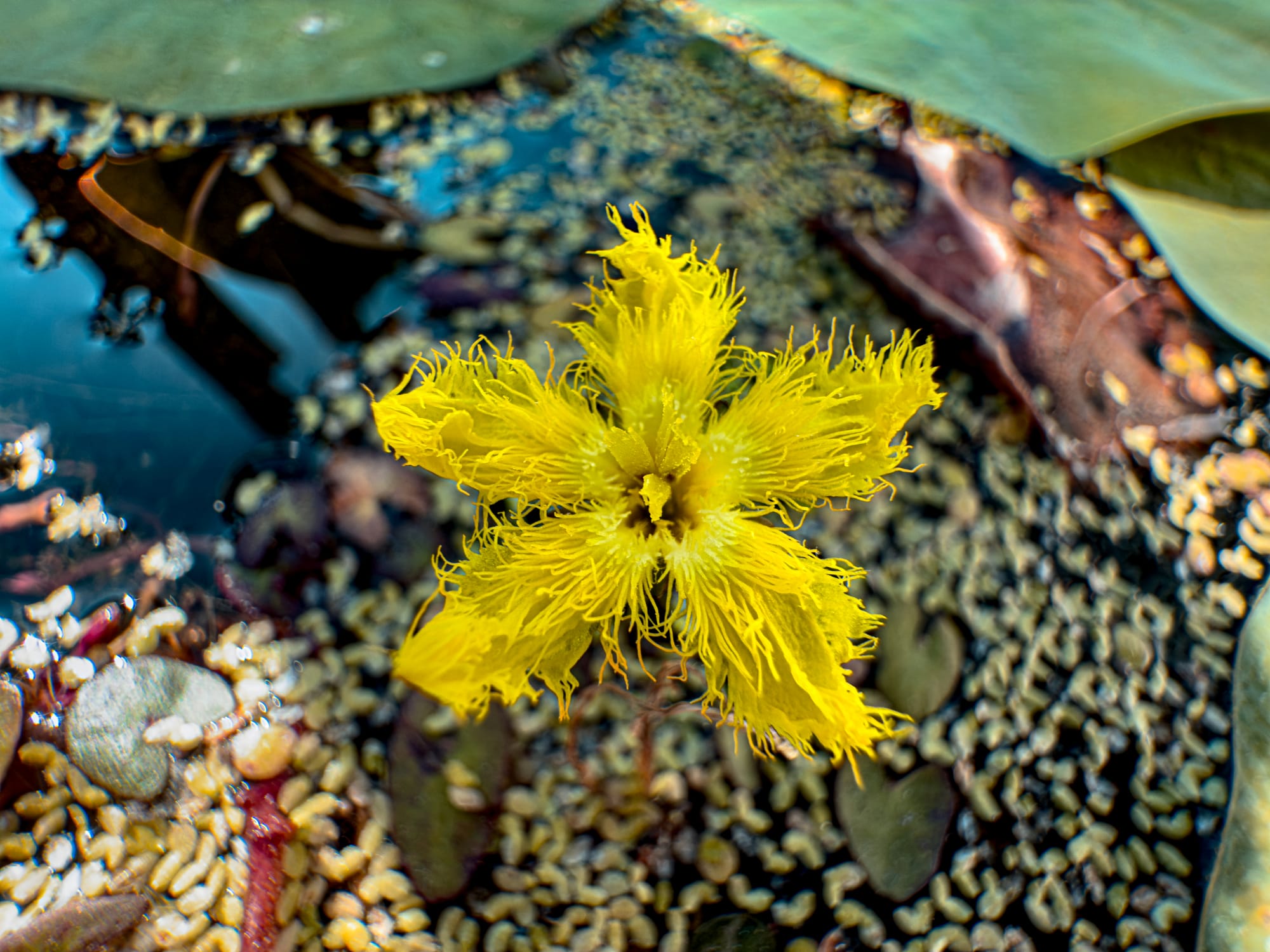
A vibrant display of lotus and water lilies at Queen Sirikit Botanic Garden in Mae Rim
Elsewhere, the Rainforest Glasshouse envelops you in mist. Dripping vines and hanging moss blur the structure itself until it feels less like architecture than jungle reborn indoors. The scent is damp, earthy, almost intoxicating. In contrast, the Medicinal Plants House is more restrained, an archive of practical green knowledge long practiced by Thai healers.
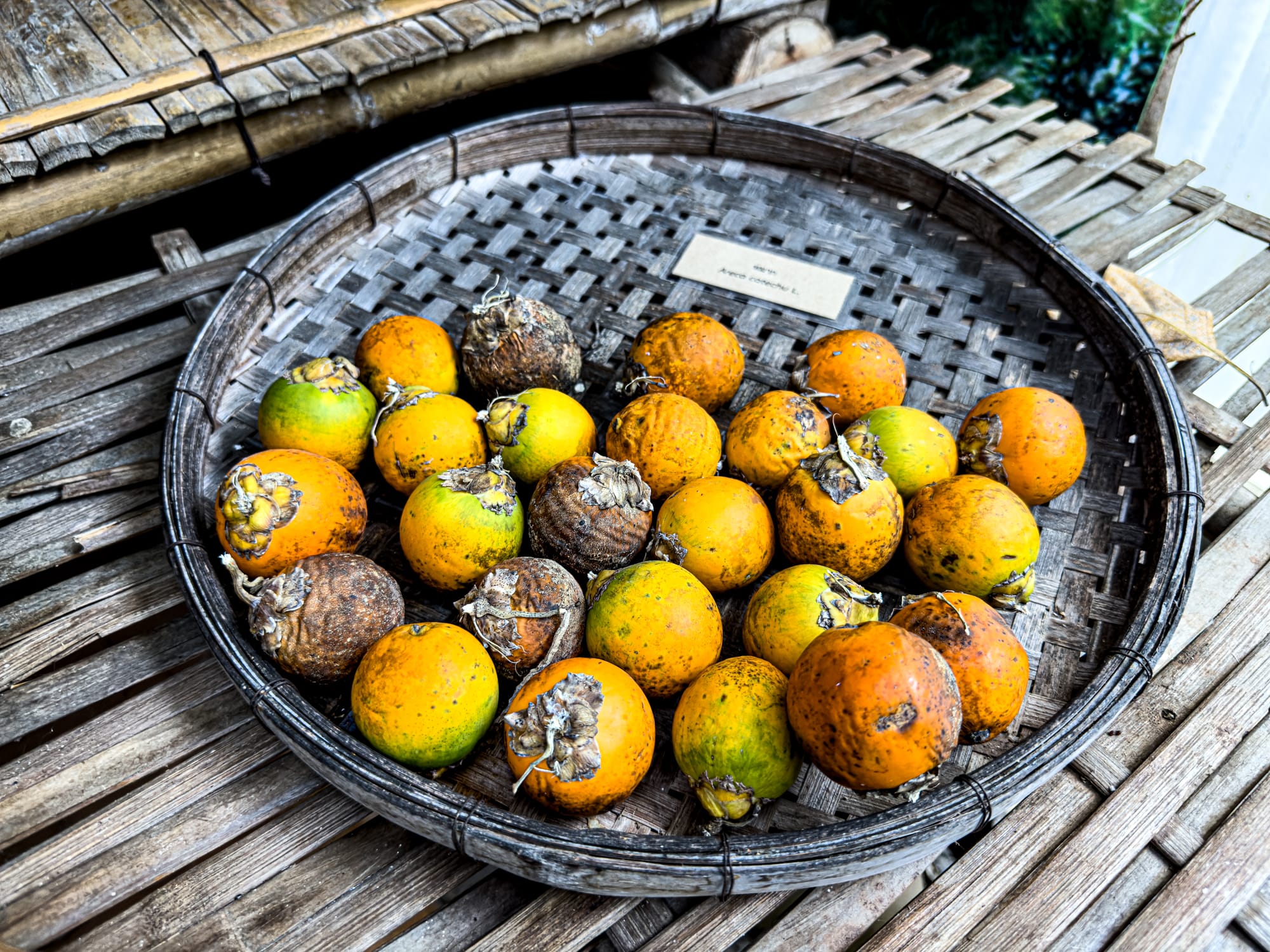
Everywhere, you are reminded that these are not decorative gardens. They are encyclopedic—an effort to collect, document, and teach, even as they delight.
Beyond the glasshouses
The grounds themselves are as memorable as the greenhouses. Trails lead you into forest canopies and over suspension bridges that sway gently in the breeze. From higher points, the Mae Rim hills roll outward in waves, sometimes misted, sometimes sharp against the sun.
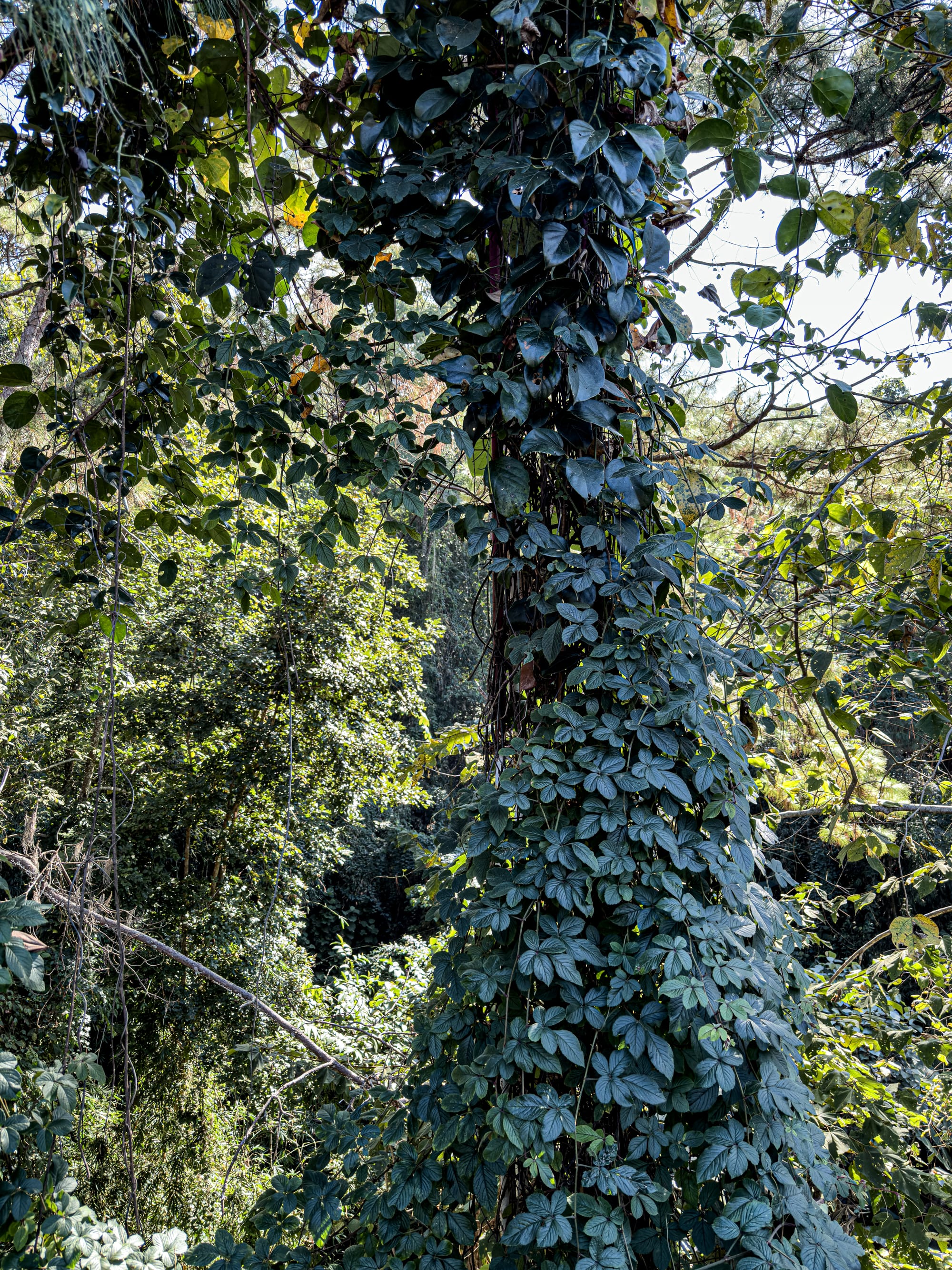
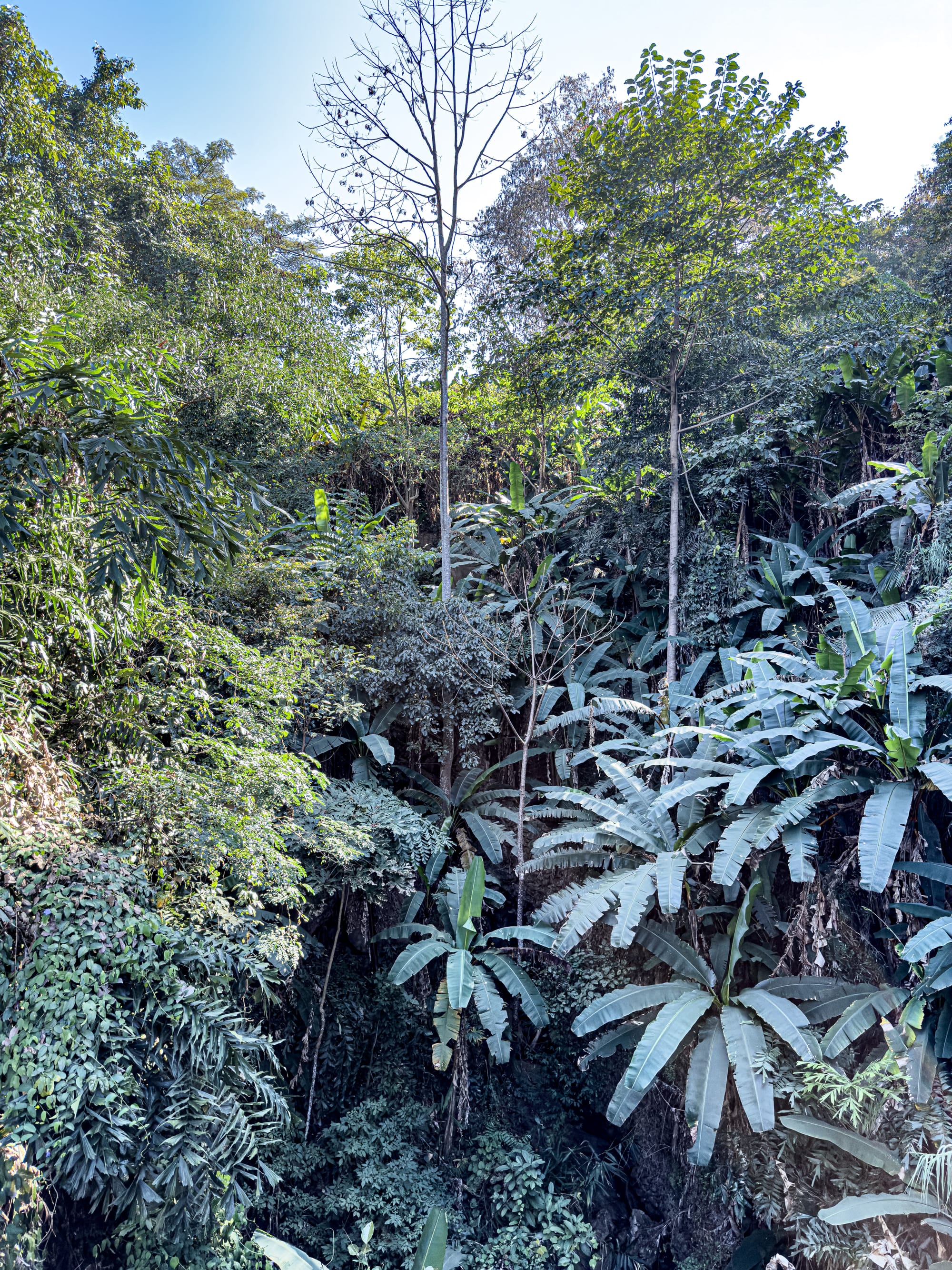
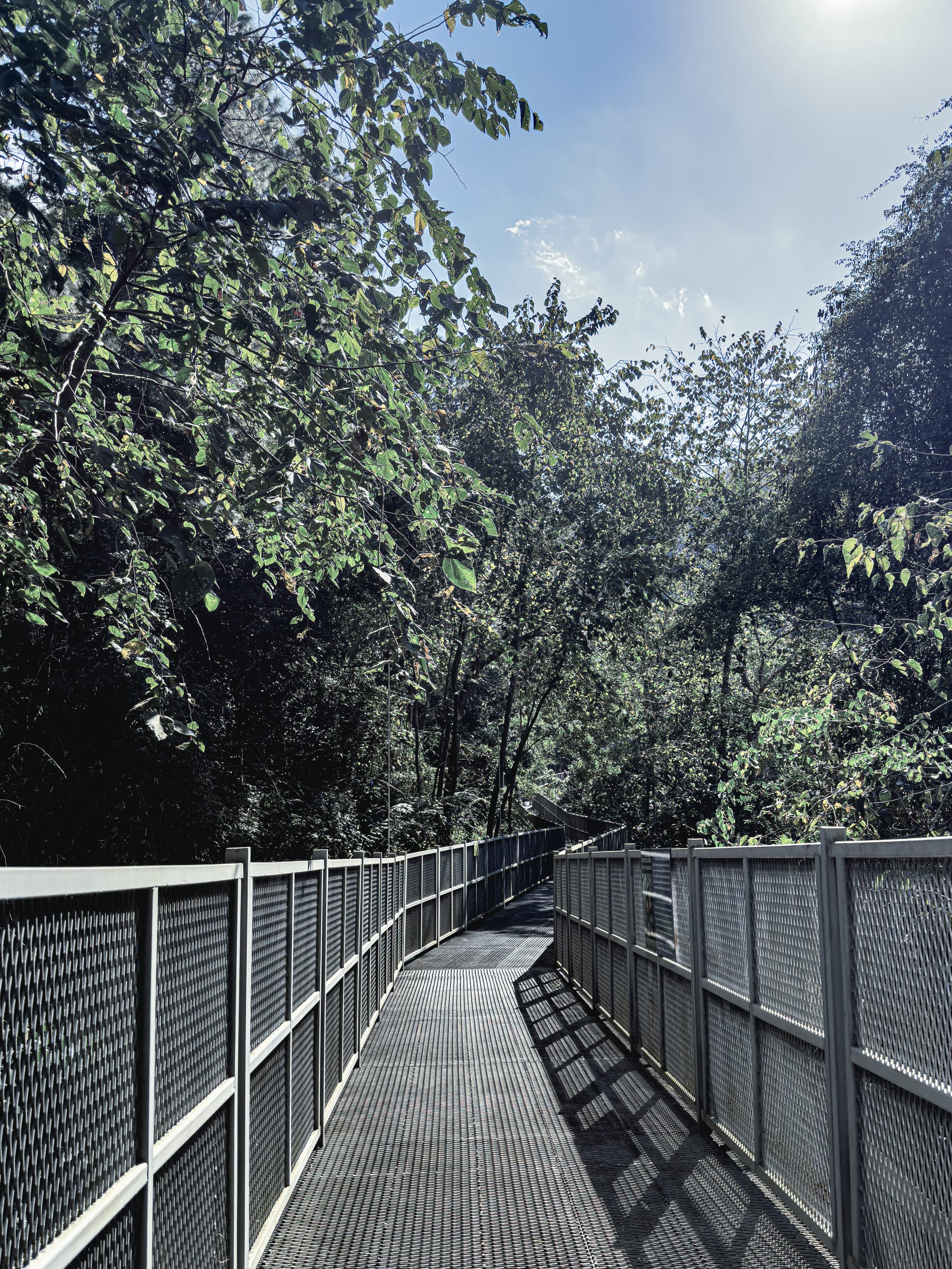
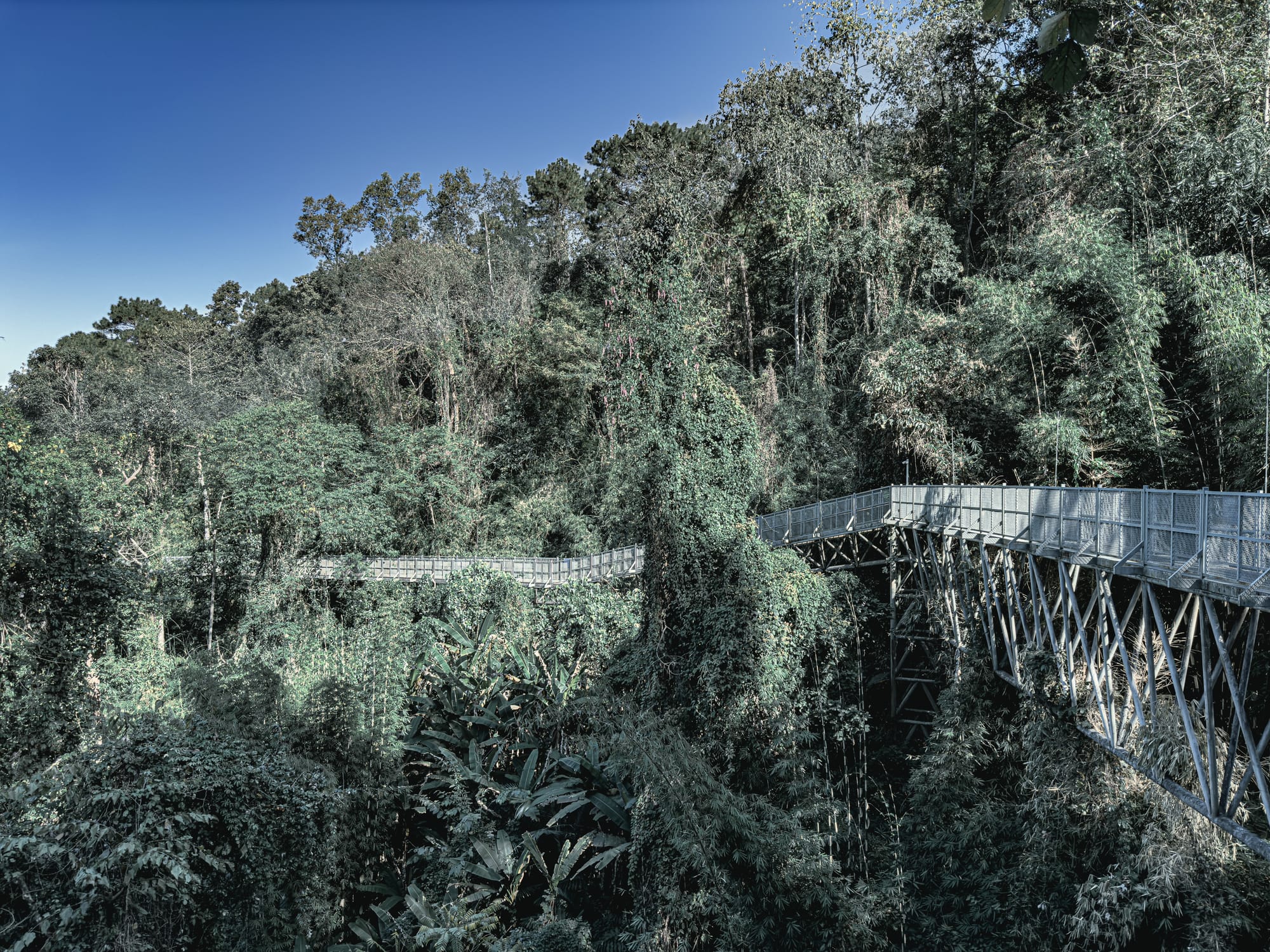
Dense tropical forest landscapes and the elevated canopy walkway at Queen Sirikit Botanic Garden in Mae Rim
Scattered throughout are thematic gardens: a Thai-inspired garden with traditional pavilions, an aquatic plant display, collections of bamboo, palms, and roses. Each feels curated, yet still porous to the wider forest. You hear cicadas rising like static, birds calling through canopy. The designed and the wild overlap.
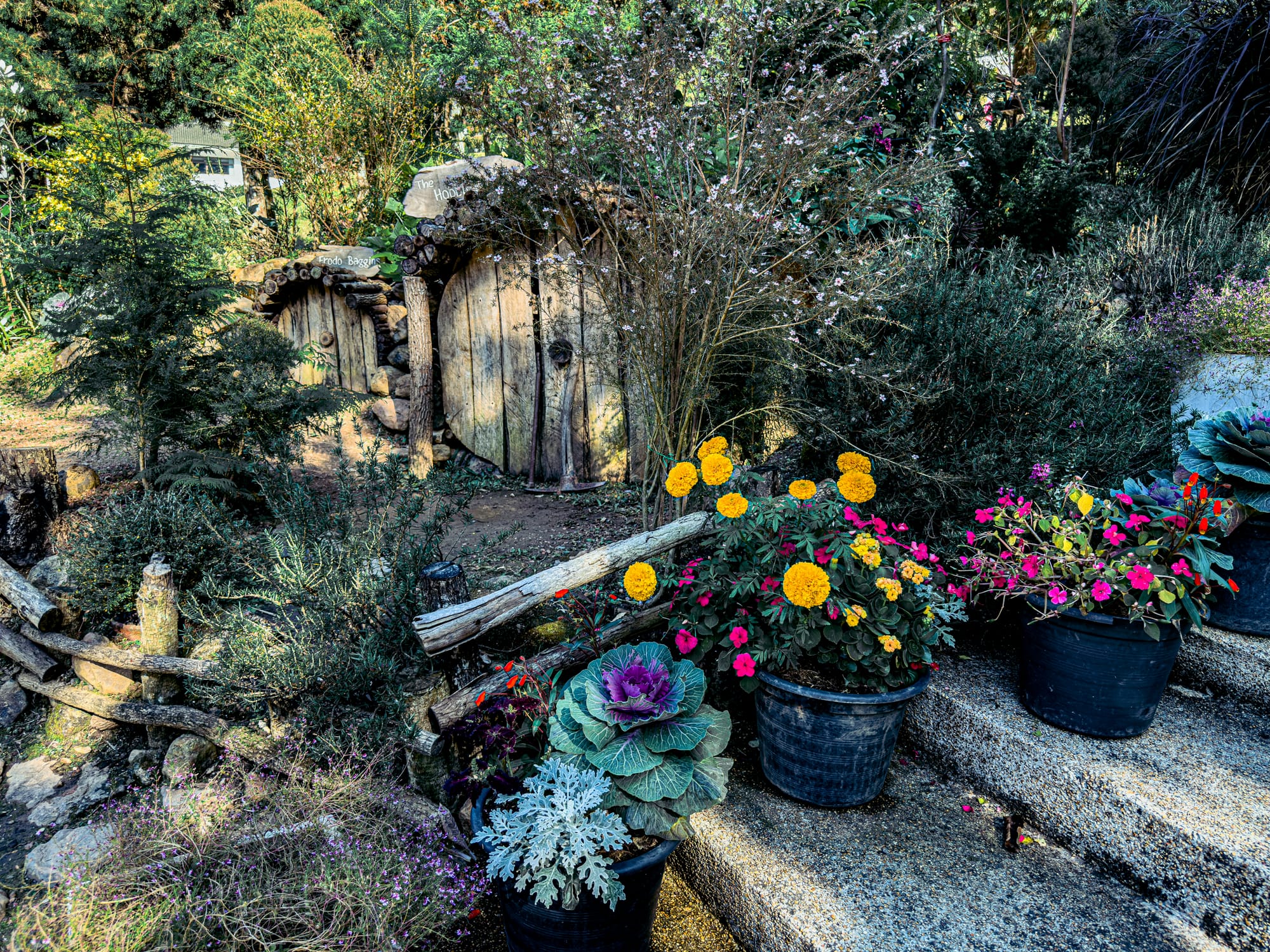
Even the infrastructure reflects care. Benches are placed beneath trees, bridges designed for both function and view. The experience is not only about looking at plants but being folded into a landscape that asks you to pause, to slow down.
A sensory and cultural immersion
Step into the herbal garden and the air thickens with lemongrass, kaffir lime, and basil. In the orchid rooms, the perfume is delicate, almost shy. Near the lotus ponds, stillness becomes a fragrance of its own. It is as if each section teaches you to notice in a new way: to smell more deeply, to watch more closely, to register subtleties of texture and hue.
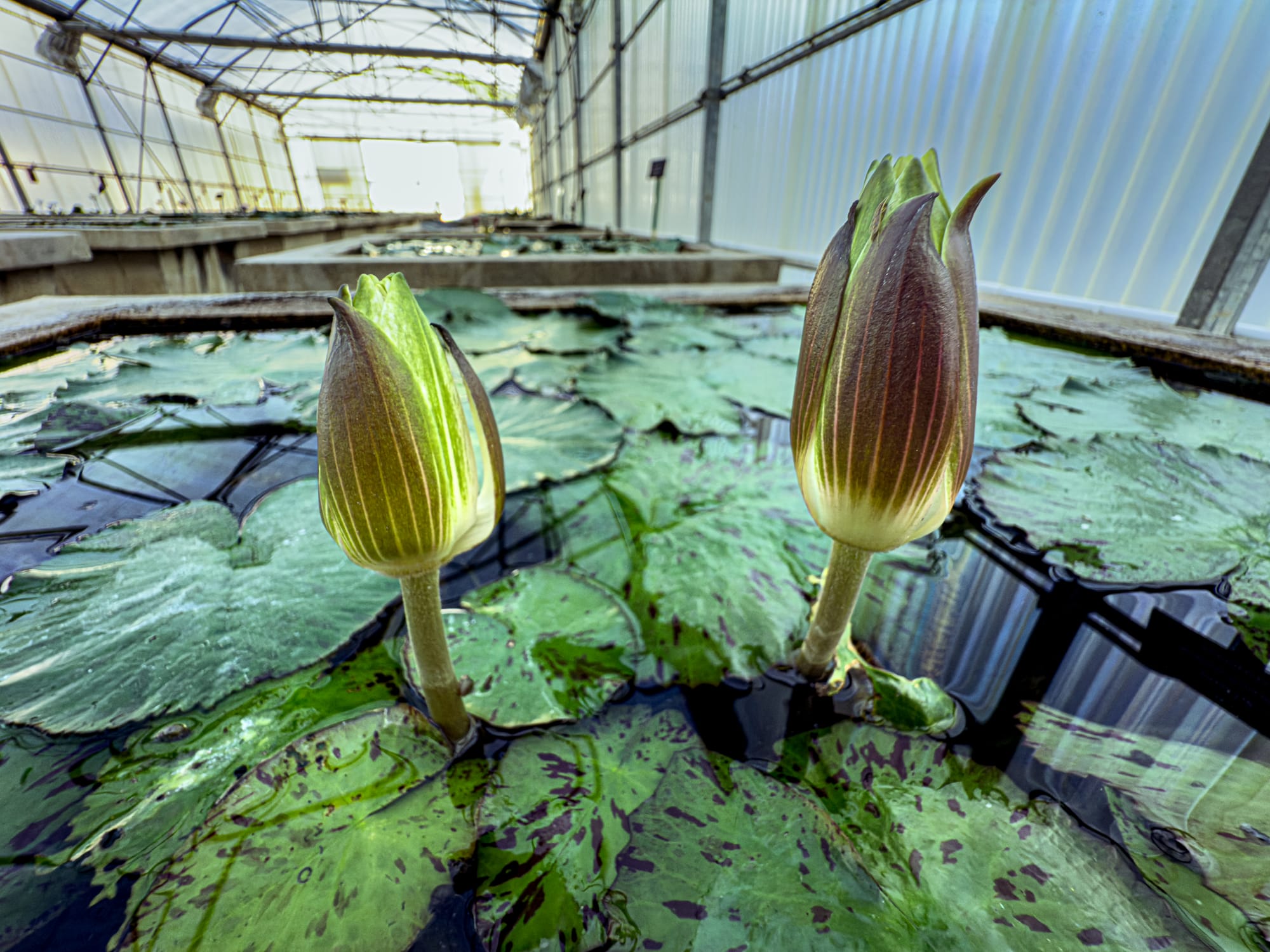
Culturally, too, the space resonates. The lotus, long a symbol of purity and rebirth in Thai Buddhism, is not just displayed but honored. Medicinal plants tell stories of traditional Thai healing—ginger, galangal, turmeric—all rooted in kitchens and apothecaries across centuries. Even the towering bamboo groves speak of everyday Thai life, where the plant is used in everything from scaffolding to cooking.
Why it matters now
In a world where ecological crises mount, the Queen Sirikit Botanic Garden is more than a place to spend an afternoon. It is a reminder of what is at stake. The work done here—seed banks, conservation programs, educational outreach—anchors Thailand’s broader fight against biodiversity loss.
But for the visitor, the lesson is quieter. It arrives through beauty, through the awe of stepping into a mist-filled glasshouse or pausing before a lotus bloom. It suggests that to care for ecosystems, we must first learn to notice them, to spend time with them, to feel them.
Planning your visit
We visited as part of a weekend in Mae Rim, which itself is worth lingering in—cooler air, slower pace, hills dotted with waterfalls, coffee farms, and small artist communities. Pairing the botanic garden with the surrounding area makes for an ideal retreat from Chiang Mai’s density.
The garden is large, so give yourself at least half a day to wander between glasshouses and trails. If you move slowly, it easily expands into a full day, with time for tea breaks, pauses on benches, and moments where looking is the only task.
And if you want to skip the ticket lines and step directly into this sanctuary, you can secure your entry in advance.






